In a previous post we covered the Quick Mix Theory. Today, let’s get into more advanced techniques and DJ transitions. I'm going to walk you through some tips that will help shape your own style.
DJ Transitions Overview
Wordplay:
Analyze lyrical themes and sonic similarities, then connect tracks through word associations and sound-alike transitions.
Same Song Switch Up:
Prepare multiple versions of the same track, then dynamically alternate between them, maintaining familiarity while introducing fresh elements.
Loop Cutting:
Isolate a segment, create a loop, and gradually fade in the next track, building anticipation through the overlapping loops.
Acapella Pitch Play:
Extract an acapella vocal, adjust its pitch to match the underlying track, and seamlessly blend the two elements together.
Polyrhythmic Looping:
Layer loops with contrasting rhythmic patterns, creating a complex, evolving polyrhythmic foundation to captivate the audience.
Toneplay:
Analyze the melodic structures of tracks, then manipulate their pitches to achieve smooth, tonally-connected transitions.
Brake Effect:
Dramatically reduce the playback speed of a track, building tension, then abruptly release it with a powerful drop to energize the crowd.
Slip Mode:
Leverage this feature to manipulate track parameters live, incorporating personal touches and technical flourishes without disrupting the mix.
Why These Techniques Matter
- Harmonic Mixing: Use music theory to align the keys of your tracks. This isn’t just about avoiding key clashes; it’s about a mix that feels intuitive.
- Phrasing: Align song structures like choruses and verses across tracks.
- Tempo Transition: Mix tracks of varying tempos by adjusting their BPM. This is crucial for genre-hopping and keeping your set dynamic.
Real World Examples
Wordplay Transitions
Legendary DJs like DJ Premier and Pete Rock were masters of using wordplay to create smooth transitions between tracks. They would analyze the lyrics and themes of songs, then find words or phrases that connected the tracks. For example, transitioning from a song with the word "love" to another with "above".
Acapella Pitch Play
Iconic DJs like Grandmaster Flash and Afrika Bambaataa pioneered using acapella vocals to blend tracks together. They would isolate the vocals from one song, adjust the pitch to match the underlying track, then seamlessly mix the acapella over the new instrumental.
Polyrhythmic Looping
Legendary turntablist DJ Shadow is known for his complex, polyrhythmic transitions. He would layer contrasting rhythmic loops to create a hypnotic, evolving foundation – then blend in new elements to keep the audience captivated.
Harmonic Mixing
Sasha and John Digweed are known for their use of harmonic mixing. They would carefully select tracks in compatible keys to create a smooth, tonally-connected flow. This allowed them to genre-hop while maintaining a cohesive vibe.
Phrasing and Phrase Matching
Frankie Knuckles and Larry Levan were experts at phrase matching. They would align the musical phrases, like choruses and verses, across tracks to create a natural, storytelling flow. This made their transitions feel organic and intentional.
Tempo Transitions
Iconic DJs like David Morales and Junior Vasquez were known for their ability to mix tracks of varying tempos. They would adjust the BPM of songs to create smooth transitions between genres, keeping the energy high and the crowd engaged.
Additional Tips
- Backspinning: Rewind to a beat for emphasis or replay. It’s a throwback technique that never fails to surprise.
- Infinite Loop Mixing: Extend a beat to build suspense or give yourself time to prepare the next track. It’s about control and timing.
- Energy Boost Mix: Jump around the circle of fifths to escalate your set’s energy. It’s an easy way to crank up the vibe – such as from 9B to 11B, to increase the mix’s intensity.
- Read the Crowd: Watch how the crowd reacts and adapt. It’s about connecting on a personal level, ensuring every beat matches the mood of the room.
Recap
- DJ transitions help create engaging sets.
- Techniques like wordplay, phrasing, and tempo adjustments can enhance the quality of your transitions.
- Regular practice is key to building confidence in executing smooth transitions.
- Experiment with different combinations and styles to find what works best for you.
Final Words
DJ transitions is an essential skill that can take your DJ sets to the next level. By incorporating techniques like wordplay, phrasing, and tempo adjustments, you can create seamless transitions that keep your audience engaged.
Remember to practice these techniques regularly to build confidence and improve your skills. Experiment with different combinations and styles to find what works best for you and your unique musical taste.

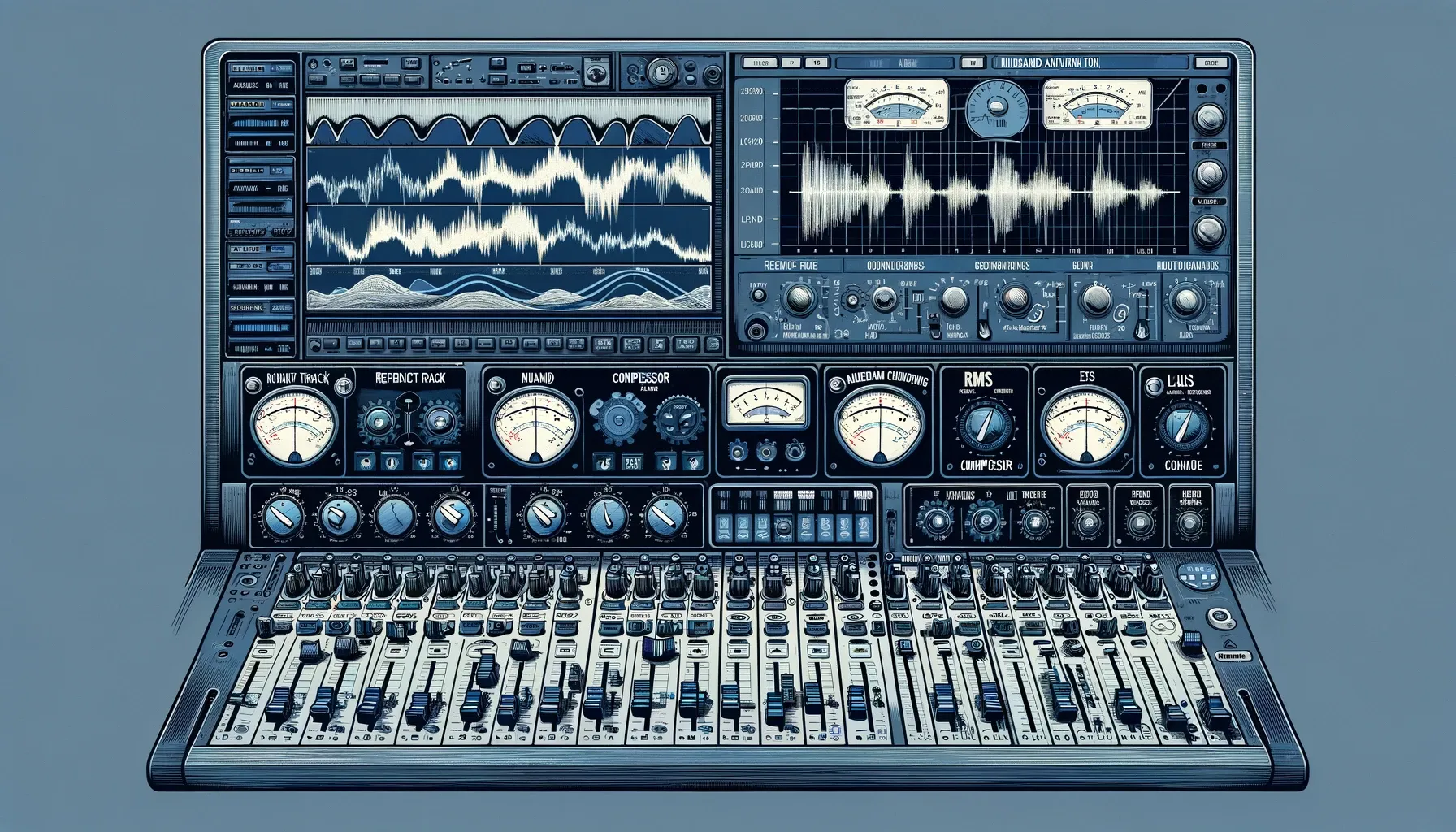

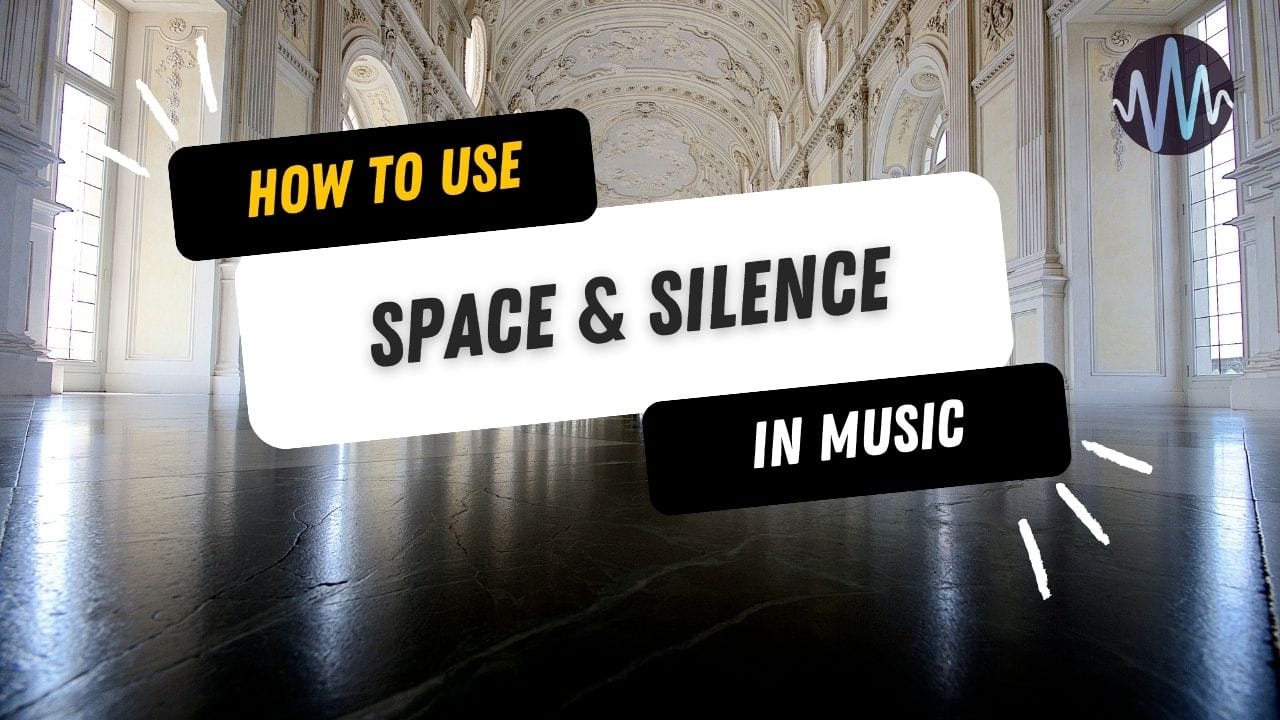
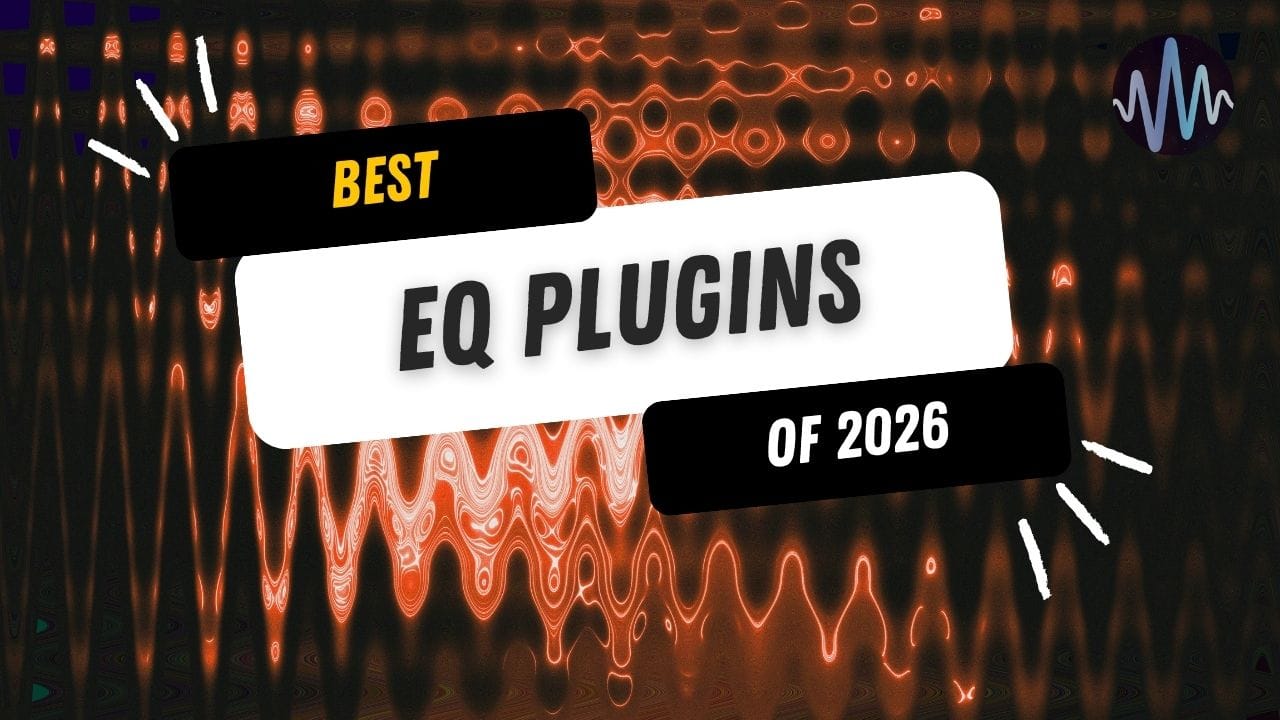
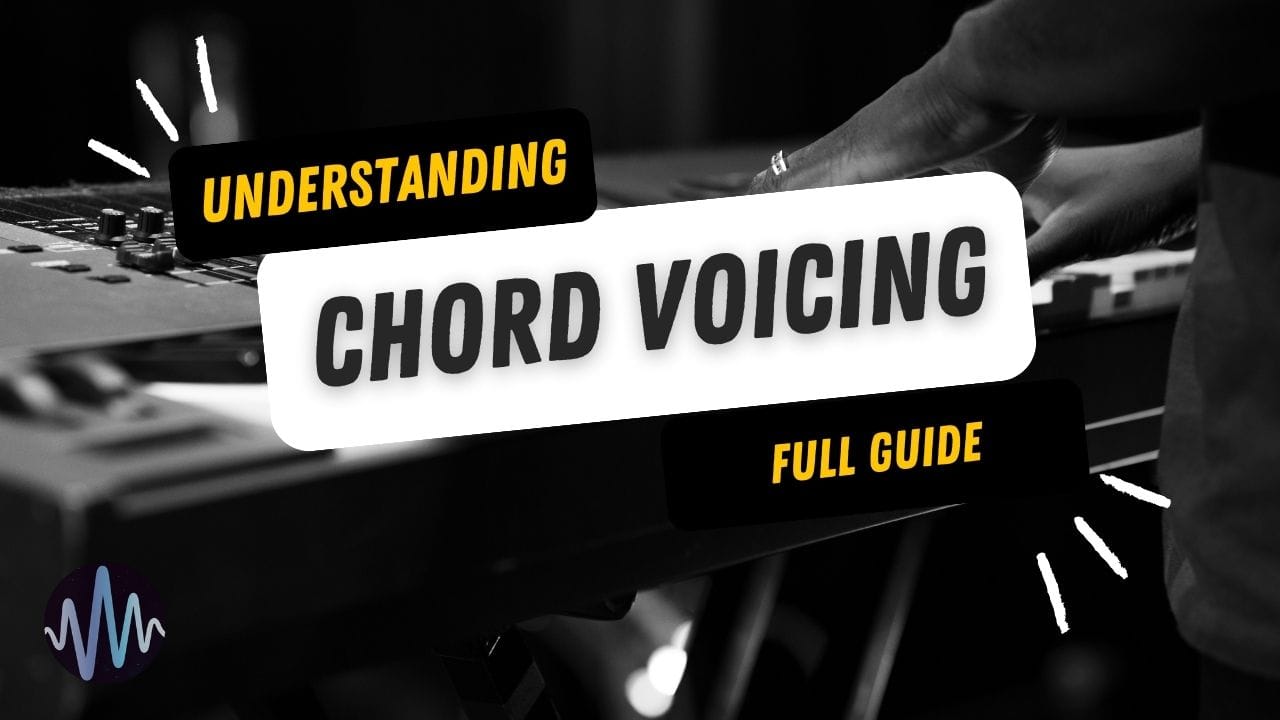
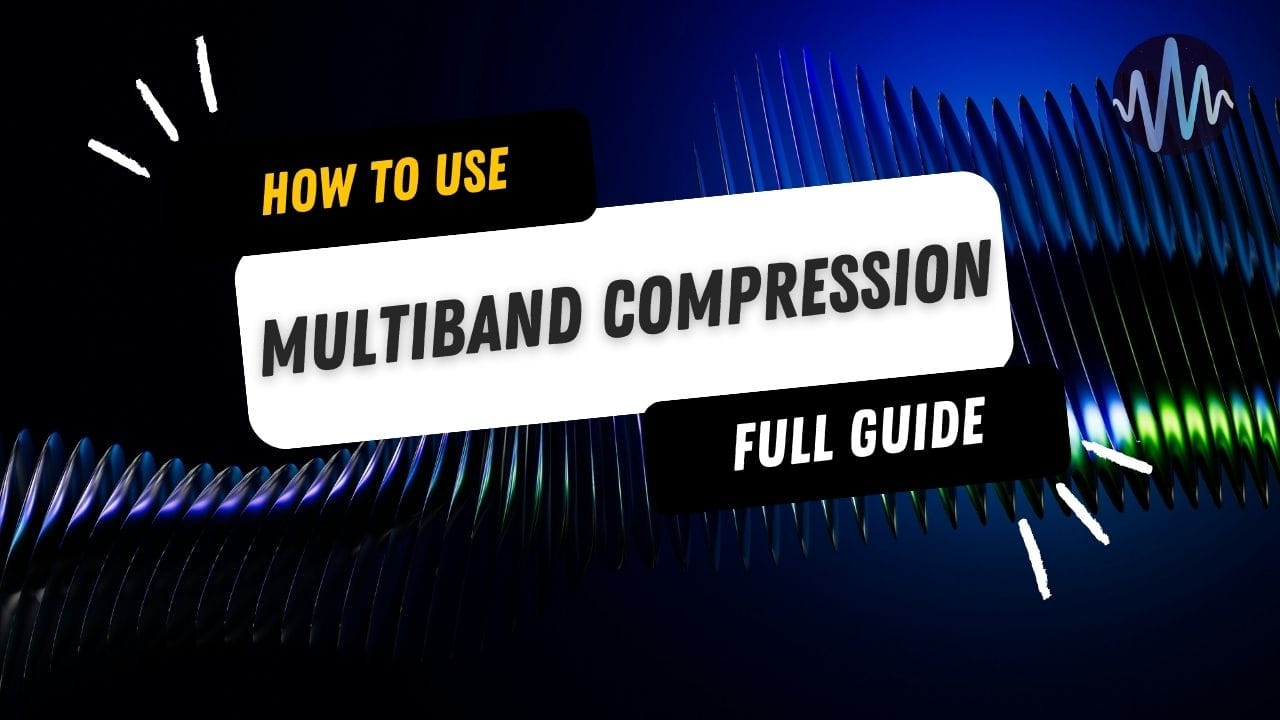
Comments